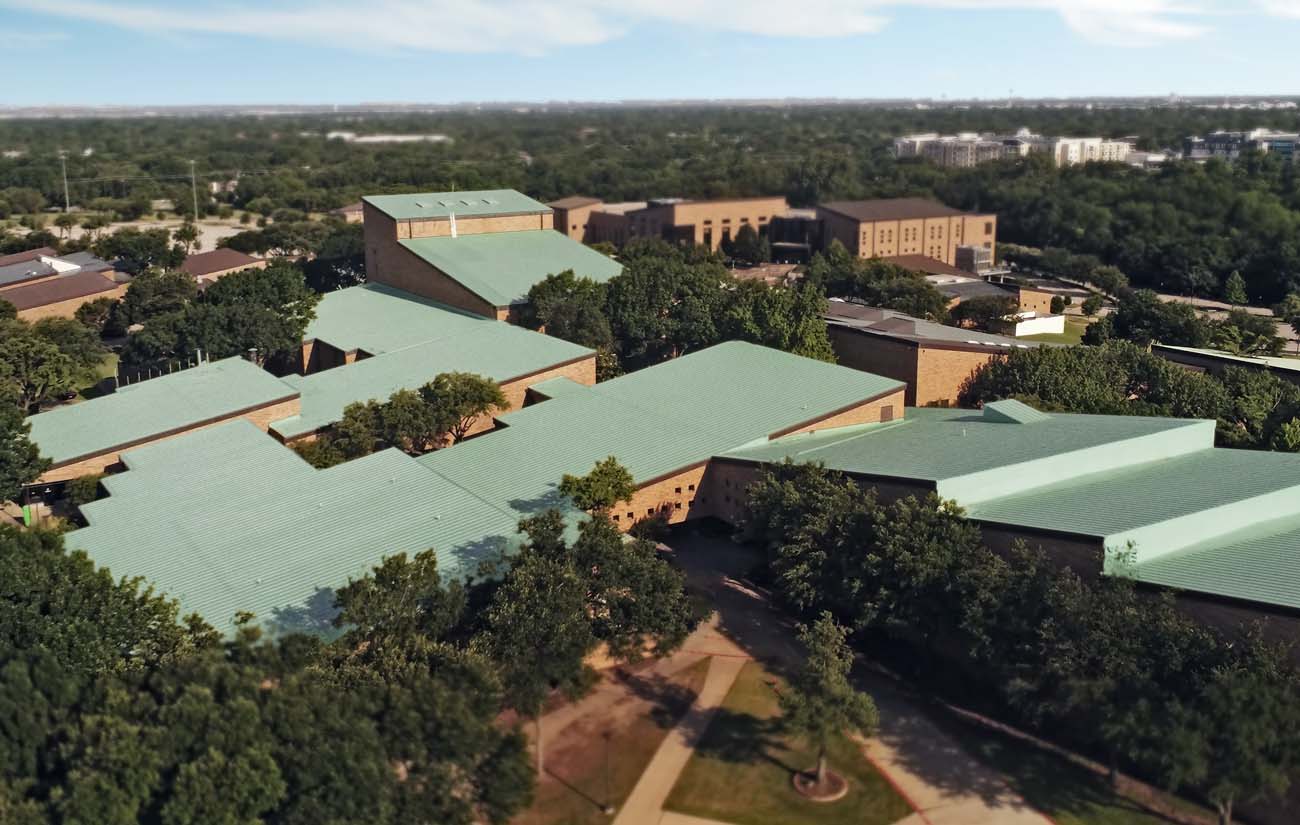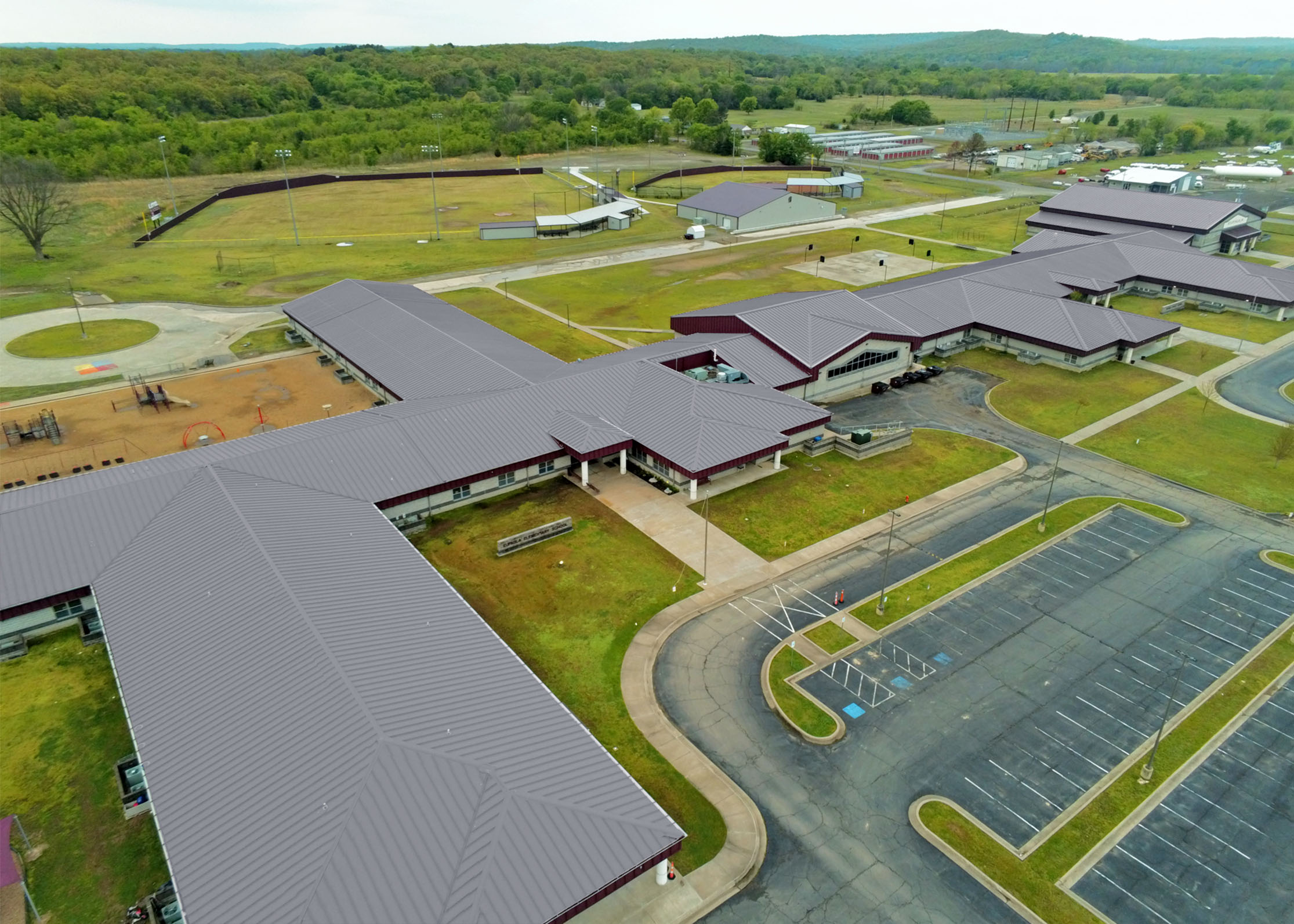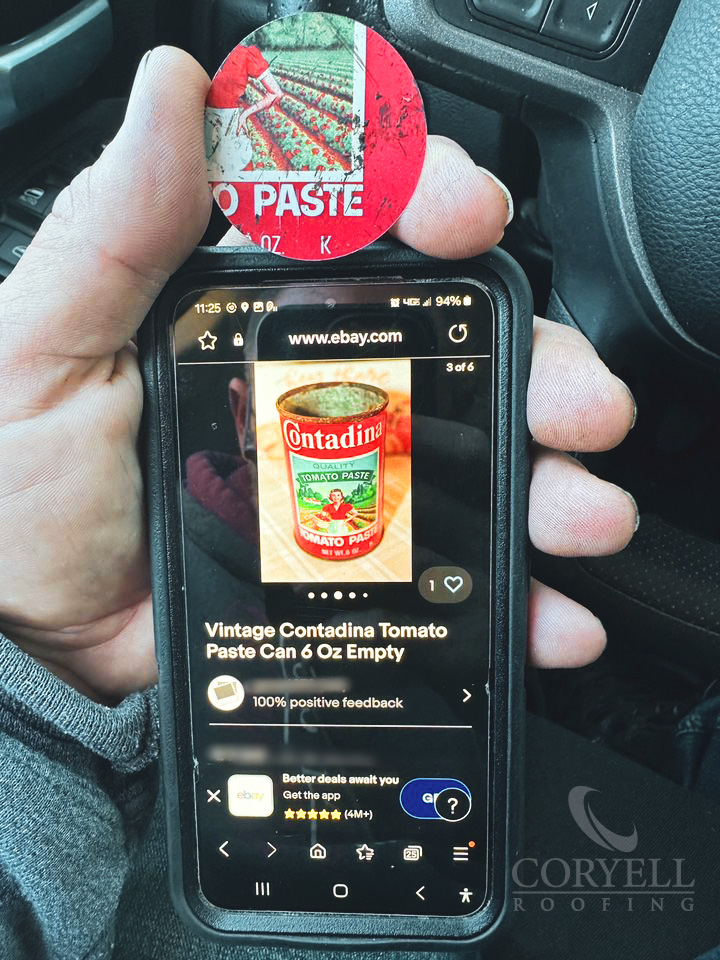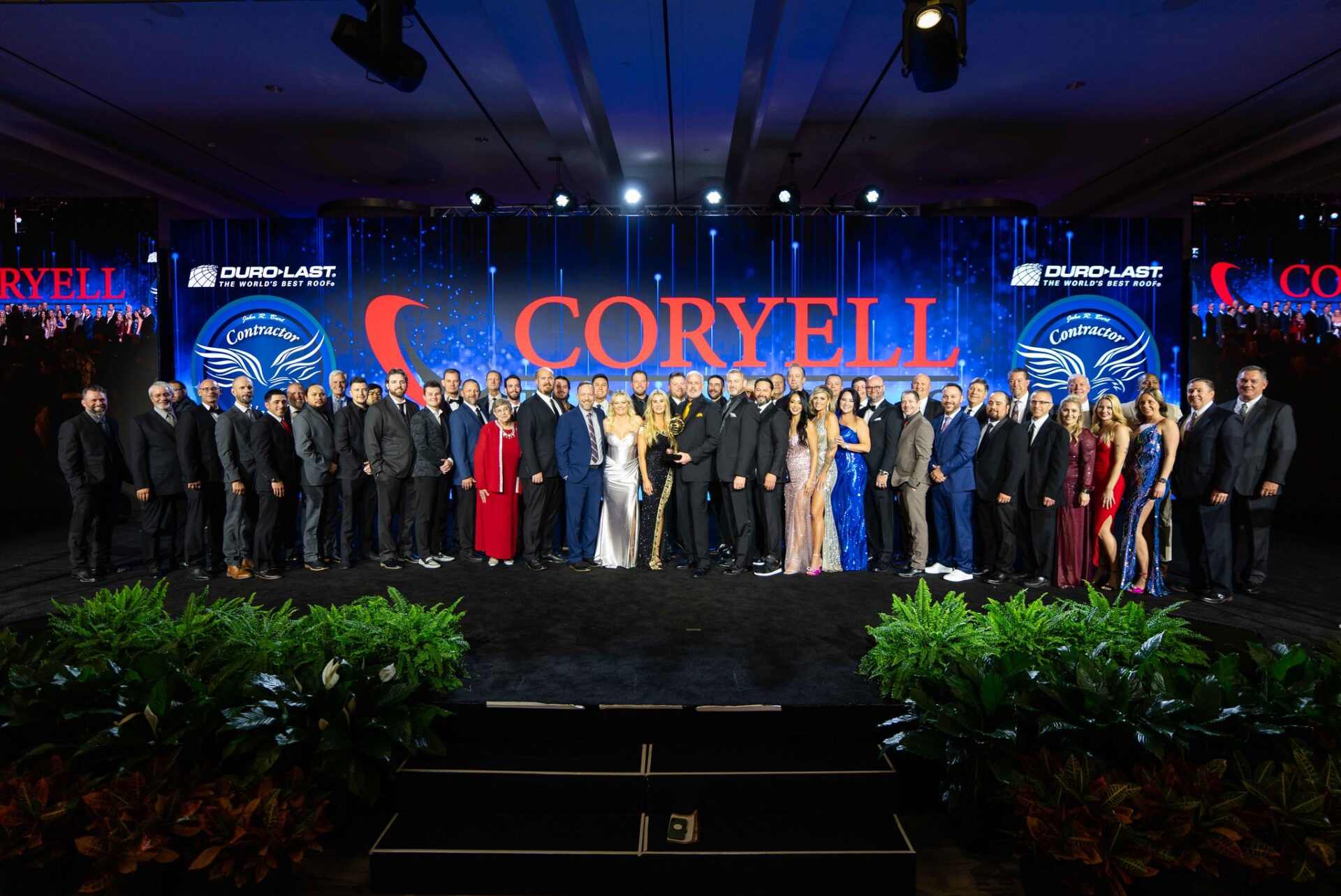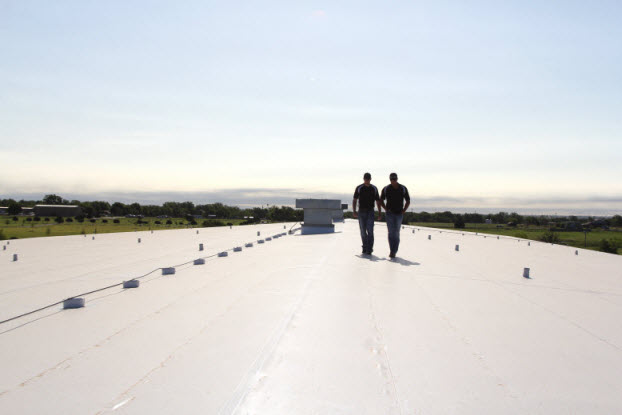July is the hottest month in both Oklahoma City and Amarillo, Texas, with temperatures that surge into the 90s. These hot outside temperatures are compounded by hot roofs in urban areas; according to the California Energy Commission (CEC), urban areas become “heat islands” and can be between 2 and 9 degrees hotter than surrounding rural areas. These elevated temperatures can contribute to physical discomfort for your customers and employees, high electrical costs and lower air quality. A cool roof above your buildings can make a huge difference, keeping your costs lower and the people who frequent your business more comfortable.
An investment in a cool roof or cool roof coating can yield significant savings in your power bill. The CEC estimated that summer urban air temperature elevation is responsible for 5 to 10% of urban peak energy demand, at a cost of several billion dollars to American businesses every year.
Reducing your contribution to the heat island effect can also significantly improve the air that your employees and customers breathe. Greenhouse gas and smog are exacerbated by high urban temperatures. Researchers writing for Energy and Buildings said that, in simulations that brought down urban temperatures just 3 to 4 degrees, the amount of ozone released into the atmosphere was reduced by 10 to 20 percent. This is equal to eliminating all of a city’s car emissions.
Some qualities to look for in cool roofs:
Reflectivity
The color of your roof determines how much light and heat is absorbed and how much is reflected. According to NASA, a black roof in an urban area can reach 170 to 180 degrees Fahrenheit in mid-summer. These hot roofs capture heat and radiate it into your building both day and night, driving up cooling costs. Switching to a white or other light colored roof can reduce the heat by up to 54 degrees.
Optimum Thermal Emittance
Solar reflectivity is the most important qualification a cool roof can have. But, the amount of heat a roof releases makes a difference, as well. Any roof will get hotter in the sun until it reaches what is known as thermal equilibrium; this is the point where it starts giving off as much heat as it receives. A roof made of a material with higher thermal emittance will radiate heat at a lower temperature. How and when that heat is emitted will determine the temperature of your roof and the building below. For instance, the EPA says a traditional black asphalt roof has low reflection and high emittance; it can reach as high as 185 degrees on a hot day. A cool roof that has high reflection and high emittance can peak at a temperature as low as 110.
Options for Cooler Roofs
If it is time to replace your building’s roof, look at options such as a Duro-Last Cool Roof system. This roofing system is highly reflective and highly emissive, which means that less heat gets inside your building.
If you are not ready to replace a roof, there is still a lot you can do to reduce the heat island effect:
- Invest in a cool roof coating. Just painting a roof white can significantly reduce heat.
- Add insulation. This can keep heat from getting inside and driving up costs.
- Add a radiant barrier. These are reflective surfaces installed in attic spaces that keep heat from being absorbed.
By making smart roofing choices, you can significantly reduce your costs and make your building and the surrounding area more comfortable. Talk to us today about how you can make your building cooler and more cost effective.



